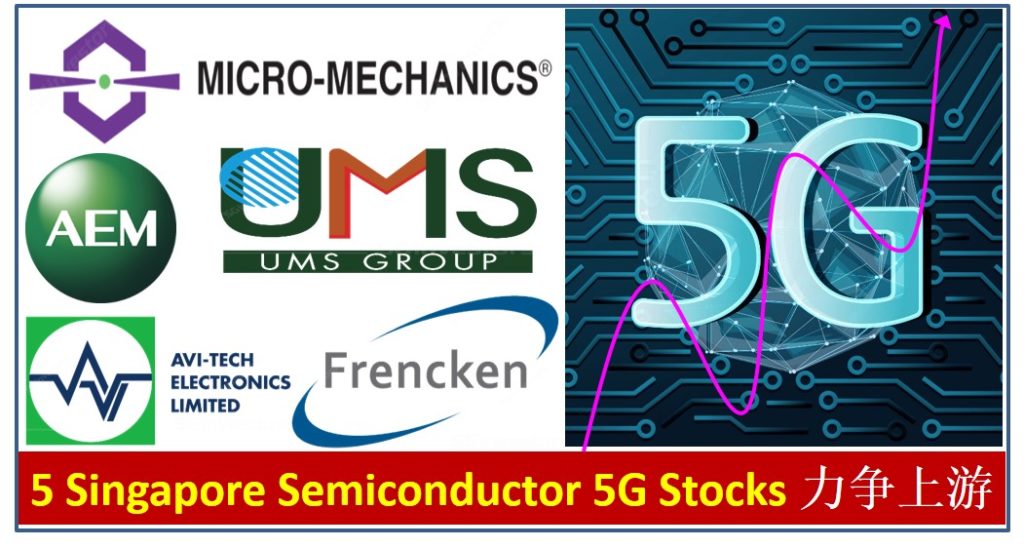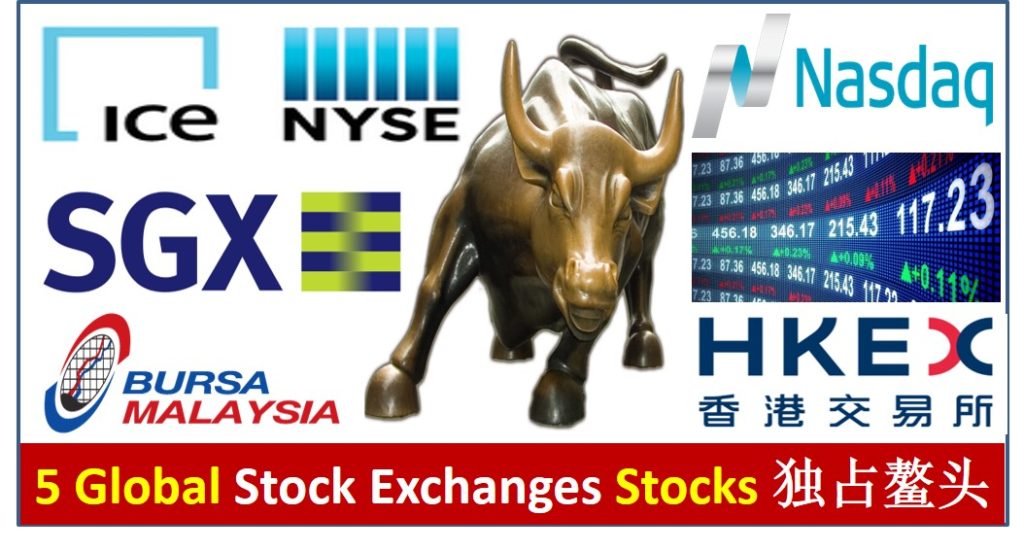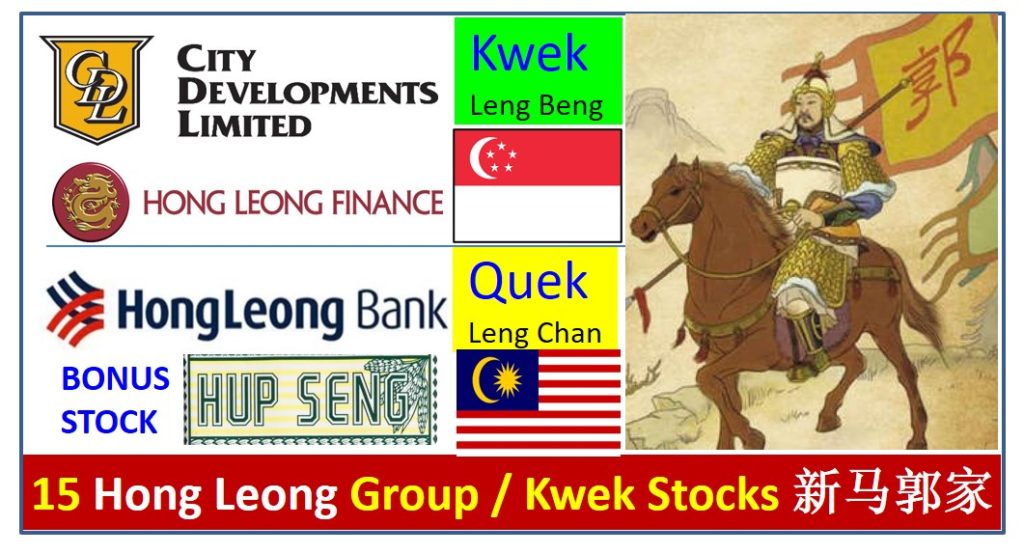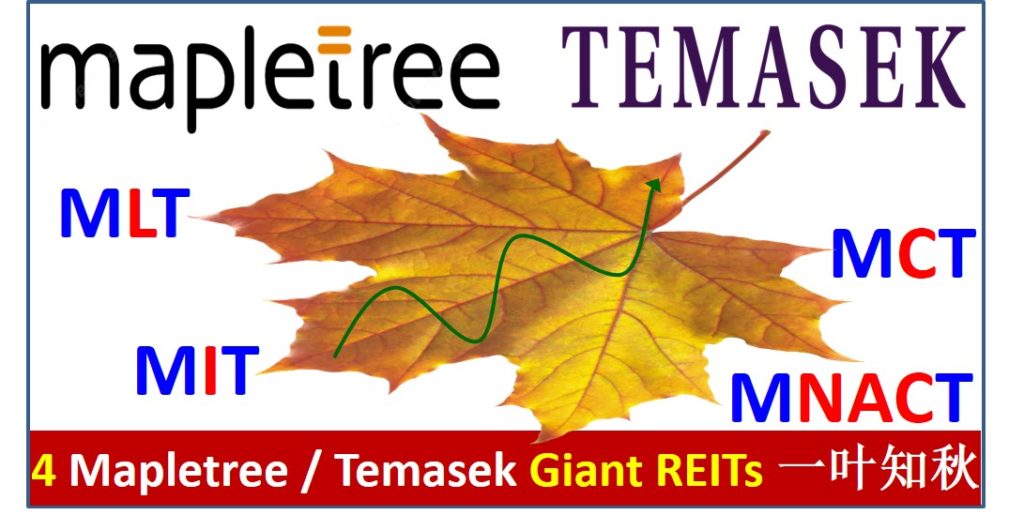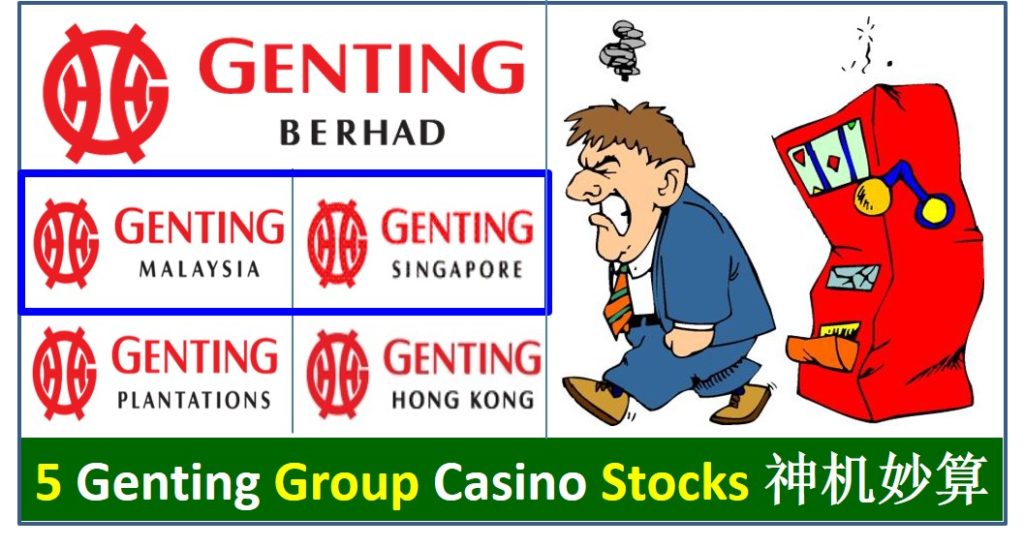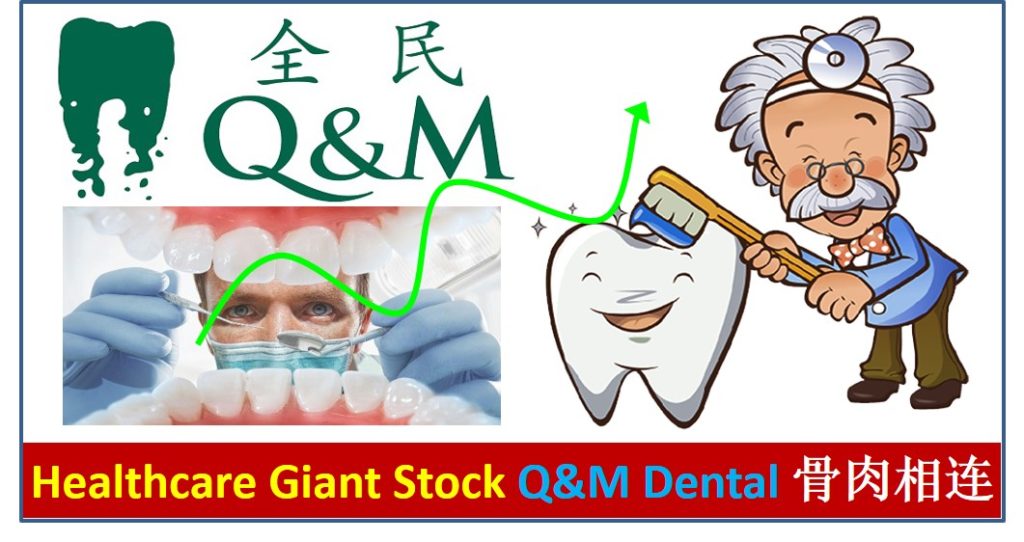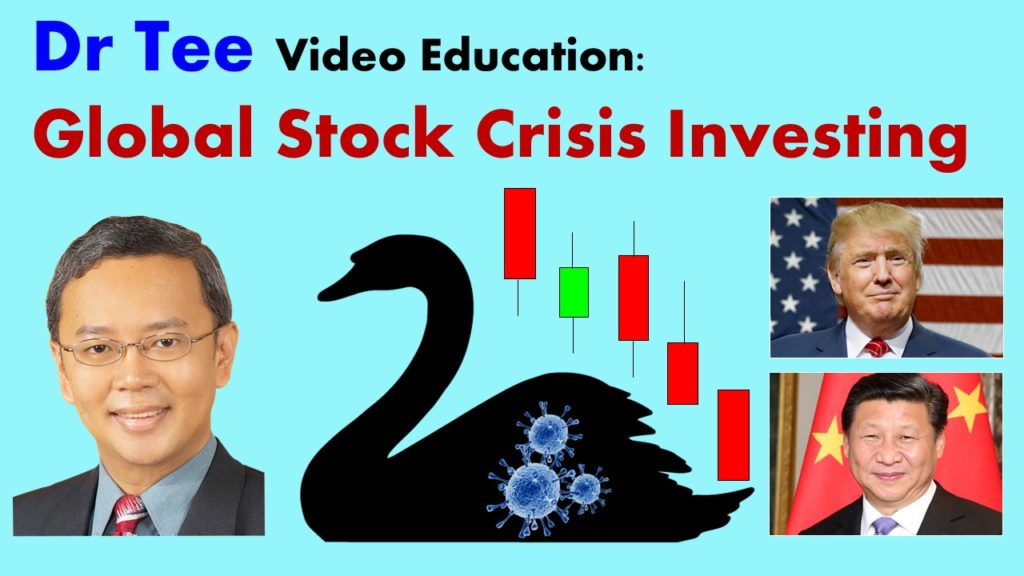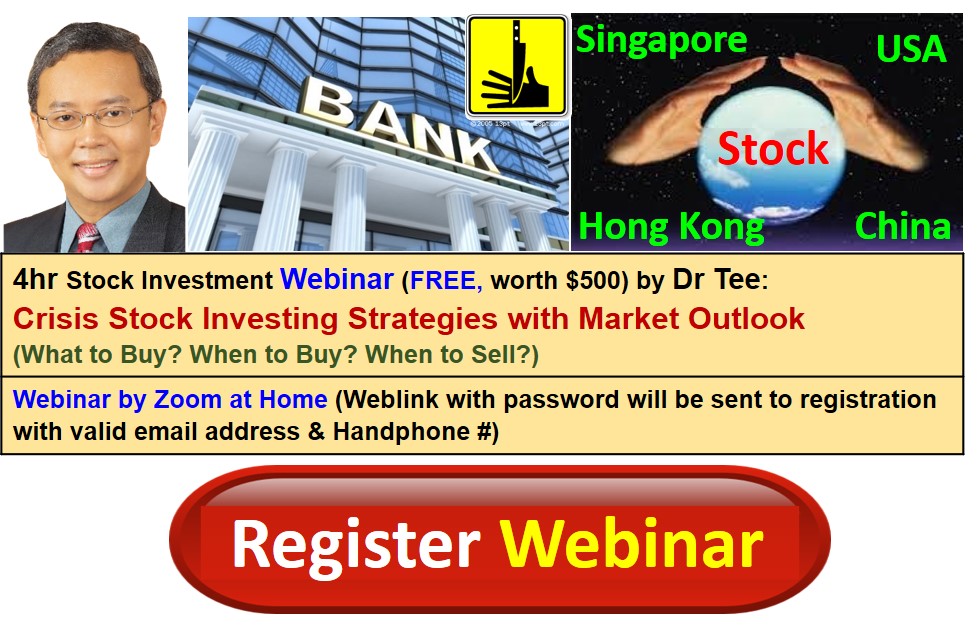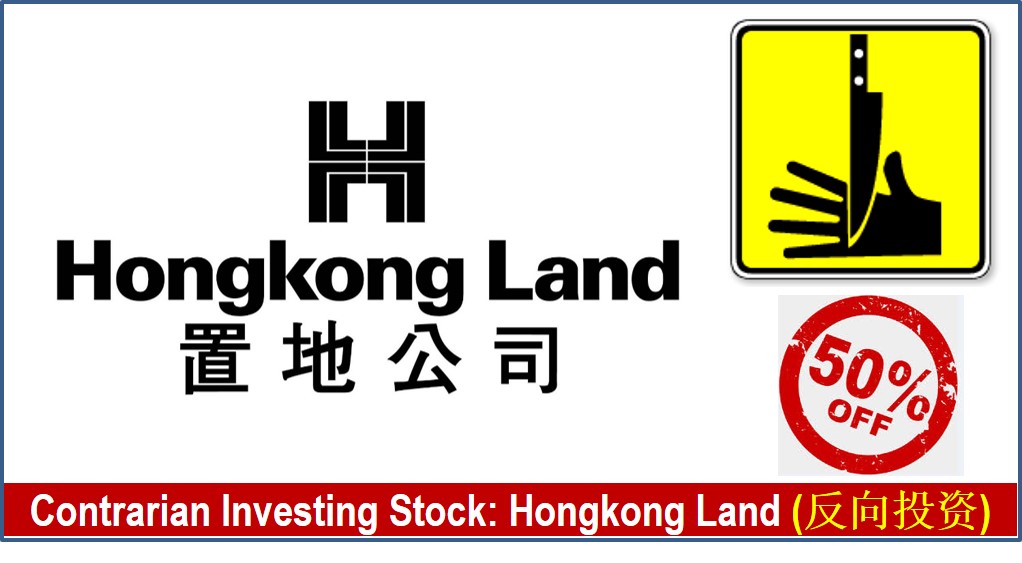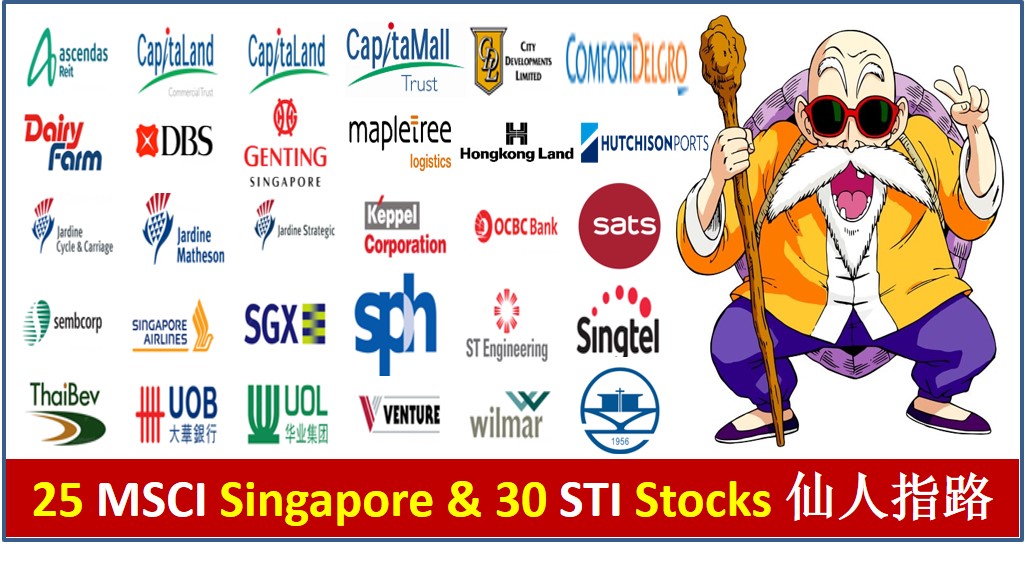
Both MSCI Singapore Index (SiMSCI, 25 stocks) and Straits Times Index (STI, 30 stocks) are important guidance for Singapore stock investors on “Good” stocks for investing. In this article, you will learn on how to invest in index stocks in a right way. MSCI Singapore Index has recently removed 4 blue chip stocks (which are also 30 STI component stocks) from the list:
1) ComfortDelGro (SGX: C52)
2) SATS (SGX: S58)
3) Sembcorp Industries (SGX: U96)
4) Singapore Press Holdings, SPH (SGX: T39)
and adding only 1 stock as replacement: Mapletree Logistics Trust, MLT (SGX: M44U), a giant Singapore REIT, which is also 30 STI component stock.
MSCI Singapore Index component stock selection criteria is stricter than STI index (only based on trading market capitalization, a weaker blue chip stock with high trading volume may still stay) although most of the component stocks of both indices are similar.
Comfortdelgro (taxi business) and SATS (airlines sector) are affected by recent Covid-19 crisis, having good chance to come back again to MSCI Singapore when sector crisis is over, business could recover to support reversal of share prices with higher trading volume.
Sembcorp Industries (utility sector) has weaker business, especially in Oil & Gas sector with subsidiary stock, Sembcorp Marine (SGX: S51) which has losing business due to bearish crude oil market. Similarly, SPH (newspaper/media & property businesses) has declining press business over the past decade, supported mainly by property business (including subsidiary SPH Reit, SGX: SK6U). For both Sembcorp Industries and SPH, they are harder to come back again to MSCI Singapore Index as it would take a long term for overall business to recover again.
These 4 blue chip stocks delisted from MSCI Singapore Index may not be delisted from 30 STI in near future as they still have high trading volume, despite bearish share prices. CapitaCom Trust – CCT (SGX: C61U) will be the next to be delisted from 30 STI when it is merged with CapitaMall Trust – CMT (SGX: C38U) around June 2020. If so, the 5 reserve stocks of STI in waiting list are:
1) Mapletree Industrial Trust (SGX: ME8U)
2) Suntec REIT (SGX: T82U)
3) Keppel REIT (SGX: K71U)
4) Keppel DC REIT (SGX: AJBU)
5) Netlink NBN Trust (SGX: CJLU)
These 5 emerging STI stocks (dividend-based stocks, all are REITs / Business Trust) are selected purely based on trading market capitalization (trading price x trading volume). Therefore, not all are giant REITs (based on Dr Tee giant criteria). Stock investors who follow either 30 STI or 25 MSCI Singapore Index component stocks may not invest in high quality stocks.
Below are the 30 STI component stocks based on the last price traded (29 May 2020), sorted by trading market cap (share price x volume) from low to high (selection criteria for 30 STI is the Top 30 stocks with the highest values).
Despite DairyFarm and ThaiBev have stronger business fundamental than most 30 STI stocks, they have the lowest trading market cap, therefore having higher risk of being delisted in future. The earlier 4 blue chip stocks which are delisted from MSCI Singapore Index are relatively “safe” in 30 STI due to high trading volume, despite weaker business with bearish share prices. From stock investing perspective, it does not make sense at all but this is the rule of the game.
| No | Name | Ticker | Last $ | Volume | Trading Market Cap |
| 1 | Dairy Farm International | (SGX: D01) | 4.22 | 1,963 | 8,282 |
| 2 | Thai Beverage | (SGX: Y92) | 0.63 | 18,774 | 11,827 |
| 3 | Hongkong Land | (SGX: H78) | 3.76 | 5,770 | 21,694 |
| 4 | Jardine Strategic Holdings JSH | (SGX: J37) | 19.95 | 1,089 | 21,730 |
| 5 | UOL | (SGX: U14) | 6.84 | 4,218 | 28,850 |
| 6 | Venture Corporation | (SGX: V03) | 15.3 | 1,968 | 30,105 |
| 7 | Genting Singapore | (SGX: G13) | 0.785 | 41,441 | 32,531 |
| 8 | City Development | (SGX: C09) | 7.69 | 4,424 | 34,018 |
| 9 | Jardine Cycle & Carriage | (SGX: C07) | 21.86 | 1,575 | 34,427 |
| 10 | YZJ Shipbldg SGD | (SGX: BS6) | 0.94 | 39,560 | 37,187 |
| 11 | ST Engineering | (SGX: S63) | 3.19 | 12,029 | 38,373 |
| 12 | Wilmar International | (SGX: F34) | 3.98 | 12,231 | 48,681 |
| 13 | CapitaLand Commercial Trust | (SGX: C61U) | 1.75 | 28,113 | 49,197 |
| 14 | CapitaLand | (SGX: C31) | 2.89 | 17,751 | 51,301 |
| 15 | Keppel Corp | (SGX: BN4) | 5.91 | 10,231 | 60,466 |
| 16 | Singapore Airlines | (SGX: C6L) | 3.82 | 16,551 | 63,225 |
| 17 | Jardine Matheson Holdings JMH | (SGX: J36) | 40.15 | 1,586 | 63,697 |
| 18 | Mapletree Commercial Trust | (SGX: N2IU) | 2 | 43,283 | 86,567 |
| 19 | CapitaLand Mall Trust | (SGX: C38U) | 2.03 | 55,627 | 112,924 |
| 20 | OCBC Bank | (SGX: O39) | 8.55 | 13,772 | 117,751 |
| 21 | Ascendas Reit | (SGX: A17U) | 3.13 | 38,228 | 119,653 |
| 22 | Singapore Exchange | (SGX: S68) | 8.28 | 15,306 | 126,734 |
| 23 | DBS Bank | (SGX: D05) | 19.47 | 7,941 | 154,613 |
| 24 | Sembcorp Industries | (SGX: U96) | 1.36 | 115,462 | 157,028 |
| 25 | Singtel | (SGX: Z74) | 2.49 | 71,375 | 177,724 |
| 26 | SPH | (SGX: T39) | 1.28 | 205,814 | 263,442 |
| 27 | UOB Bank | (SGX: U11) | 19.5 | 13,724 | 267,622 |
| 28 | SATS | (SGX: S58) | 2.66 | 102,907 | 273,732 |
| 29 | ComfortDelGro | (SGX: C52) | 1.44 | 255,744 | 368,272 |
| 30 | Mapletree Logistics Trust | (SGX: M44U) | 2.05 | 314,294 | 644,303 |
Since trading market capitalization is insufficient, a stock investor should include minimum 3 key Fundamental Criteria for 3 types of stocks: Growth / Dividend / Undervalue:
1) ROE (a criteria for growth stocks, eg. ROE > 5%),
2) Dividend Yield, DY (a criteria for dividend stocks, eg. DY > 5%),
3) Price-to-Book (PB) ratio, Price/NAV (a criteria for undervalue stocks, eg. PB < 1).
In each of the category, additional stock criteria has to be included to ensure they are giant stocks (based on Dr Tee criteria). For example, SPH has 8.6% dividend yield, it does not mean it is a good dividend stock as this high yield is generated with declining dividend and low share prices, driven by weaker business fundamental which is a value trap.
No) Stock (Ticker): ROE (Div Yield %) PB = Price/NAV
1) Ascendas Reit (SGX: A17U) 7.4% (4.4%) 1.5
2) CapitaLand Commercial Trust (SGX: C61U) 6.0% (5.1%) 1.0
3) CapitaLand (SGX: C31) 8.8% (4.1%) 0.6
4) CapitaLand Mall Trust (SGX: C38U) 9.0% (5.9%) 1.0
5) City Development (SGX: C09) 5.2% (1.0%) 0.7
6) ComfortDelGro (SGX: C52) 10.2% (6.8%) 1.2
7) Dairy Farm International (SGX: D01) 26.8% (5.0%) 4.7
8) DBS Bank (SGX: D05) 12.3% (6.4%) 1.0
9) Genting Singapore (SGX: G13) 8.5% (5.1%) 1.2
10) Hongkong Land (SGX: H78) 0.5% (5.9%) 0.2
11) Jardine Cycle & Carriage (SGX: C07) 12.8% (5.4%) 0.9
12) Jardine Matheson Holdings JMH (SGX: J36) 9.4% (4.3%) 1.0
13) Jardine Strategic Holdings JSH (SGX: J37) 6.1% (1.8%) 0.6
14) Keppel Corp (SGX: BN4) 6.3% (3.4%) 1.0
15) Mapletree Commercial Trust (SGX: N2IU) 9.4% (4.0%) 1.1
16) Mapletree Logistics Trust (SGX: M44U) 8.2% (4.0%) 1.6
17) OCBC Bank (SGX: O39) 10.3% (6.2%) 0.8
18) SATS (SGX: S58) 15.1% (7.1%) 1.8
19) Sembcorp Industries (SGX: U96) 3.1% (3.7%) 0.4
20) Singapore Exchange (SGX: S68) 35.9% (3.6%) 8.2
21) Singapore Airlines (SGX: C6L) -1.4% (0.8%) 0.8
22) Singtel (SGX: Z74) 4.0% (4.9%) 1.5
23) SPH (SGX: T39) 5.8% (8.6%) 0.6
24) ST Engineering (SGX: S63) 26.0% (4.7%) 4.5
25) Thai Beverage (SGX: Y92) 20.1% (3.4%) 2.7
26) UOB Bank (SGX: U11) 11.0% (5.6%) 0.9
27) UOL (SGX: U14) 4.8% (2.6%) 0.6
28) Venture Corporation (SGX: V03) 14.5% (4.6%) 1.8
29) Wilmar International (SGX: F34) 7.7% (3.1%) 1.1
30) Yangzijiang (SGX: BS6) 10.0% (4.8%) 0.6
For a stock to be listed in 30 STI or even 25 MSCI Singapore Index (to be reviewed quarterly), it implies more support from global investors, especially for institutional investors who view index as key guidance (仙人指路). However, the stock selection criteria based on trading market cap is insufficient, therefore a smart investor should select 10-20 global giant stocks over 3 sectors and 3 countries (eg. Singapore, US, Hong Kong or any country with growing economy), forming own fund (no management fee is needed).
Choice of global stock market is important on type of giant stocks (Defenders / Mid-fielders / Strikers), as well as personality of investor (eg. long term investing or short term trading). Defender stocks aim for dividend collection, Striker stocks are more for quicker return (eg. trading momentum stocks) while Mid-fielder stocks is a well-balance between capital gains and moderate dividends.
1) Singapore stock market is more suitable for dividend stocks (eg. Singapore REITs) but growth is limited with defensive strategy alone. Global stock crisis is a good opportunity to pick up some strong giant dividend stocks with high dividend yield. High dividend yield
2) US stock market is more suitable for growth stocks (investing) or momentum stocks (trading) but minimal dividend to protect investors during correction. An investor may focus on stocks with strong business fundamental as a form of protection. A trader may need to monitor the price trends, following S.E.T. (Stop Loss / Entry / Target Prices) trading plan.
3) Hong Kong stock market has a good mix of dividend and growth stocks but become center of political power fighting between US and China, therefore prices are more volatile which may be suitable for those higher risk tolerance investors and traders.
=====================================
“Sell in May and Go Away” happen again for Singapore (STI Index) and Hong Kong (HSI) Index stock markets for Year 2020. A reason for month of May (Q2) to be bearish could be due to final dividend given in Q2, some investors start to sell after the harvest or the share prices drop after significant dividends are given out, especially when there are news of uncertain financial markets.
Singapore and Hong Kong have many good dividend giant stocks. Price correction after Ex-Dividend is common, especially when combine with this psychological barrier in May. Dividend is just a bonus, more important is Capital Gains for a giant dividend stock.
For US and other global stock markets (eg. Malaysia, Germany, Japan, Taiwan, etc.), mostly have positive gains in May 2020. In fact, US S&P 500 Index is recovering above critical resistance of 3000 points again, an important milestone to support short term trading, especially with Buy High Sell Higher trading strategy. US Nasdaq Index is above 9000 points, challenging the new historical of 10000 points, supported by bullish technology sector of stocks.
Therefore, a stock investor or trader needs to equip with more skills to profit in current global stock market. Start learning 5 essential LOFTP Strategies (Level / Optimism / Fundamental / Technical / Personal Analysis).
Drop by Dr Tee free 4hr investment course to learn how to position in global giant stocks with 10 unique stock investing strategies, knowing What to Buy, When to Buy/Sell.
Learn further from Dr Tee valuable 7hr Online Course, both English (How to Discover Giant Stocks) and Chinese (价值投资法: 探测强巨股) options, specially for learners who prefer to master stock investment strategies of over 100 global giant stocks at the comfort of home.
You are invited to join Dr Tee private investment forum (educational platform, no commercial is allowed) to learn more investment knowledge, interacting with over 9000 members.

